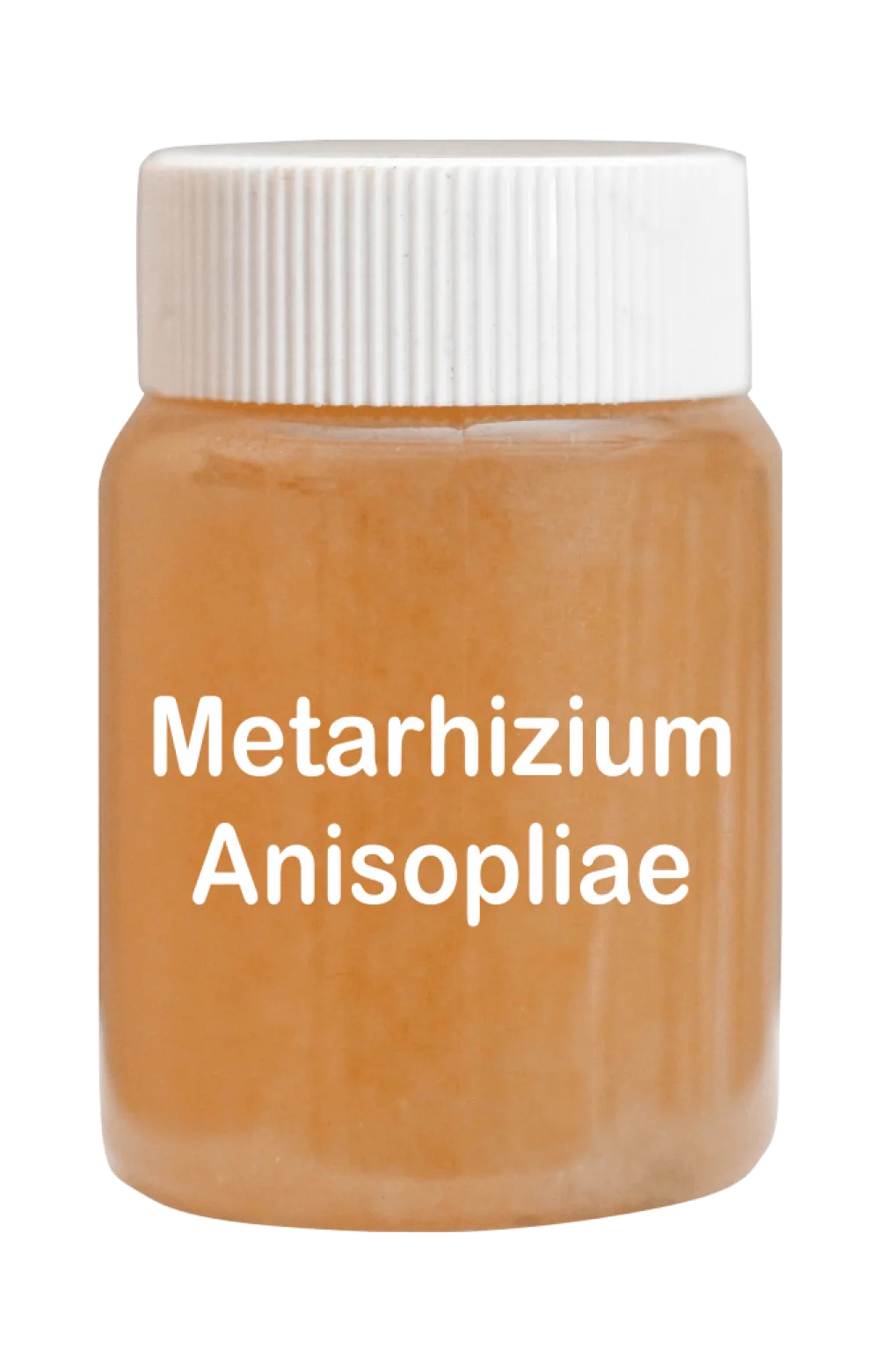Appearance
Infections caused by Metarhizium species in arthropods become evident within days of the host’s death, as the fungus emerges from the insect’s outer layer and develops reproductive structures. Initially, fungal hyphae appear white, but as conidia form and mature, they typically exhibit a characteristic olive-green hue. However, depending on the specific Metarhizium strain, spore colors can vary from white to yellow, brown, or green.
Habitat (Crops)
Metarhizium species are primarily recognized as soil saprophytes and are most commonly found in disturbed environments, such as agricultural lands, compared to forested ecosystems. Recent studies indicate that these fungi associate with plant roots in the rhizosphere, where they thrive more effectively than in surrounding soil over extended periods.
Pests Targeted
Metarhizium species attack a broad range of arthropods, exceeding 200 species across more than 50 families. These include numerous pests of agricultural, medical, and veterinary relevance, such as ticks, beetles, root weevils, gnats, thrips, and locusts. Metarhizium species have also been utilized internationally to control cockchafers, spittlebugs, borers, grubs, and mosquitoes that transmit malaria.



 Share On Whatsapp
Share On Whatsapp



